We are trialing Gtk3/Vala/Genie for the development of application user interfaces using Gnome-Builder/Meson/Glade/Flatpak. While there are many examples of Gtk.HeaderBar.pack_start( ... ) and Gtk.ActionBar.pack_start( ... ) within the Vala and other Gtk documentation, we have not been able to find examples of use within an xml ui file.
So the question is: how does one use pack_start/pack_end with the ui xml file? Are there any examples of a generated xml ui file or how to generate within Glade? Would this be entered as a property/attribute/child of the HeaderBar/ActionBar? What would this look like - what would be the general structure? If it is not a GtkChild, then how does one access it within the Vala/Genie source file?
Supplying the following trivial xml file MainApplication.ui, for example, how would one pack_start and pack_end a GtkColorButton to the GtkHeaderBar?
<?xml version="1.0" encoding="UTF-8"?>
<!-- Generated with glade 3.20.2 -->
<interface>
<requires lib="gtk+" version="3.20"/>
<template class="MainWindow" parent="GtkApplicationWindow">
<property name="can_focus">False</property>
<property name="default_width">1024</property>
<property name="default_height">768</property>
<child type="titlebar">
<object class="GtkHeaderBar" id="header_bar">
<property name="visible">True</property>
<property name="can_focus">False</property>
<property name="title">Test Application</property>
<property name="subtitle">gnome.org</property>
<property name="show_close_button">True</property>
</object>
</child>
<child>
<object class="GtkBox" id="content_box">
<property name="visible">True</property>
<property name="can_focus">False</property>
<property name="orientation">vertical</property>
<child>
<placeholder/>
</child>
<child>
<object class="GtkActionBar" id="action_bar">
<property name="visible">True</property>
<property name="can_focus">False</property>
</object>
<packing>
<property name="expand">False</property>
<property name="fill">True</property>
<property name="position">1</property>
</packing>
</child>
</object>
</child>
</template>
</interface>
This is used within the source file MainApplication.gs as follows:
[GtkTemplate (ui = "/org/gnome/application/ui/MainApplication.ui")]
class MainWindow : Gtk.ApplicationWindow
[GtkChild]
header_bar:Gtk.HeaderBar
[GtkChild]
action_bar:Gtk.ActionBar
construct ( application:Gtk.Application )
GLib.Object( application: application )
class MainApplication:Gtk.Application
construct( id:string, flags:GLib.ApplicationFlags )
/* set locale: ALL, "" */
Intl.setlocale()
/* set properties */
set_application_id( id )
set_flags( flags )

